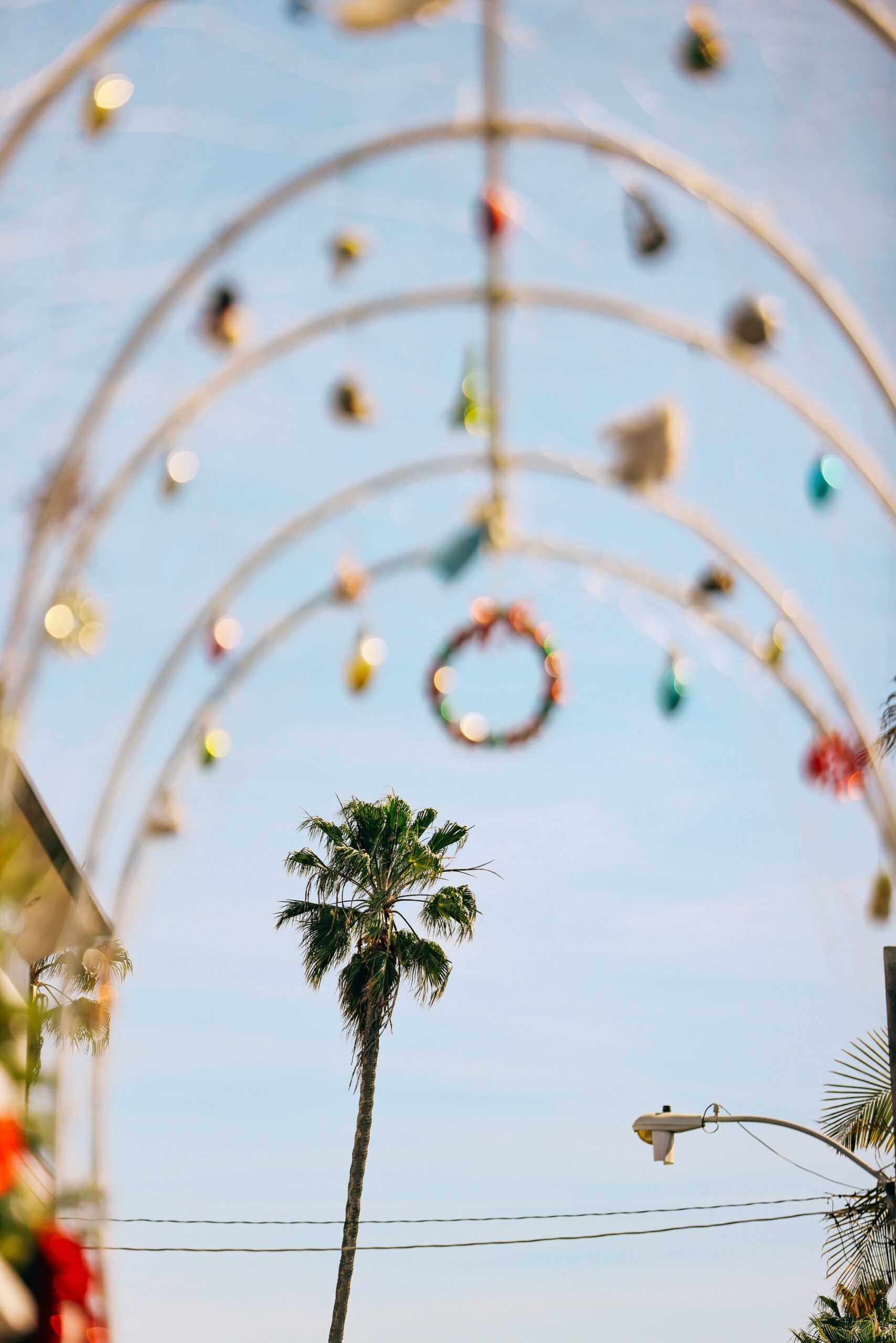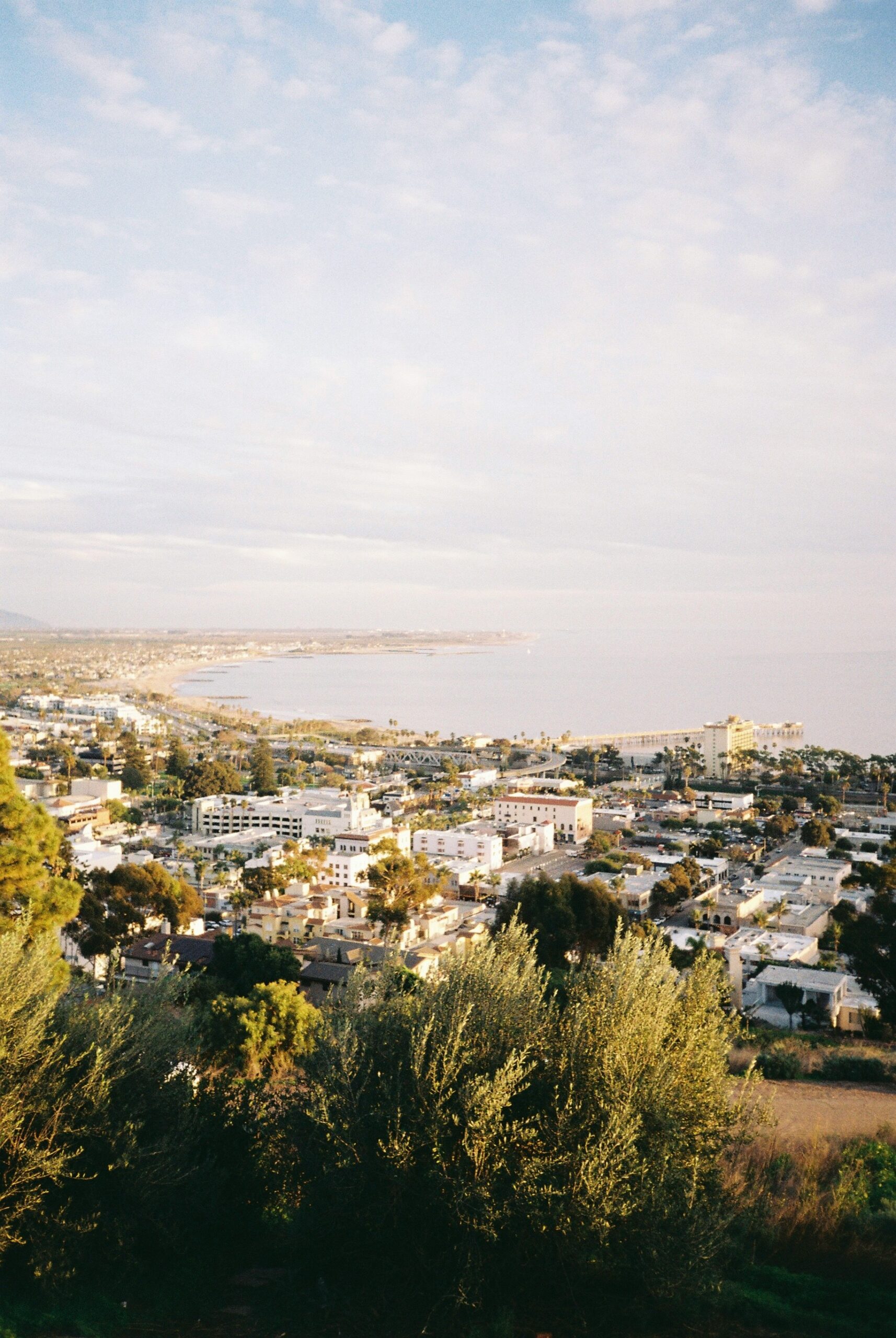Searching for Seashells: California’s Best Beaches for Beachcombing Adventures
Beachcombing along the California coast offers unique opportunities to discover sea glass, shells, driftwood, and other natural treasures with every tide. Some of California’s best beaches for beachcombing include Pismo State Beach, Moonstone Beach in Cambria, and La Jolla Cove, each known for their abundant and varied finds. These destinations appeal to both beginners and experienced collectors, thanks to the ever-changing shoreline and the diversity of items that wash ashore.

Beyond the thrill of discovering hidden ocean gems, beachcombing at these locations often offers a tranquil experience surrounded by scenic coastal beauty and abundant wildlife. Whether searching for moonstones, sand dollars, or striking shells, visitors can find memorable souvenirs and peaceful moments on these renowned beaches.
For those planning a beachcombing adventure, exploring popular sites such as Pismo State Beach and other acclaimed locations can lead to rewarding discoveries. The dynamic nature of the California coast ensures that each visit holds the chance for new surprises and a deeper appreciation of the seashore.
Searching for Seashells: California’s Best Beaches for Beachcombing Adventures
Top Beachcombing Destinations in California
Unique finds like sea glass, polished stones, abalone shells, and driftwood make certain California beaches especially rewarding for beachcombers. Tide conditions, wave action, and nearby cliffs or coves all contribute to the natural treasures found at these renowned locations.
Glass Beach, Fort Bragg
Glass Beach in Fort Bragg is recognized for its abundance of colorful sea glass, the result of decades of discarded glass polished smooth by ocean waves. Visitors often see banks of blue, green, brown, and even rare red sea glass covering portions of the beach. The sea glass is most plentiful in coves closest to the former town dump sites.
Collector guidelines restrict removal of glass, so most people photograph or admire rather than take home what they find. Tide pooling is also popular here, offering chances to spot crabs and interesting marine life at low tide. Glass Beach is easily accessible and is a sought-after stop for anyone on a beach vacation along California’s northern coast.
Pfeiffer Beach and Keyhole Rock, Big Sur
Nestled in Big Sur, Pfeiffer Beach is famous for its lavender-hued sand and dramatic rock formations, especially the striking Keyhole Rock. This area offers large patches of sand scattered with unique stones, driftwood, and occasional tidal treasures, driven ashore by strong Pacific currents.
During winter and after storms, new items wash up, making each visit different. Access can be limited by narrow roads, and parking is small, so early arrival is recommended for weekend getaways. The beach is less crowded than many other top beaches in California and is a favorite for photographers and explorers seeking scenic landscapes as well as collectible finds.
La Jolla Shores and Cove
La Jolla, a coastal community in San Diego, offers two standout beachcombing spots: La Jolla Shores and La Jolla Cove. The long Beach at Shores makes walking and searching for shells, colorful pebbles, and bits of sea glass enjoyable, especially near the tide lines.
La Jolla Cove, meanwhile, features rocky outcrops filled with tidal pools and is home to marine life such as hermit crabs, sea anemones, and sea stars. The area is accessible year-round and is a popular weekend destination. Wildlife, including sea lions and birds, is abundant, adding to the appeal for both beachcombers and nature enthusiasts.
Natural Bridges State Beach, Santa Cruz
Natural Bridges State Beach in Santa Cruz is well known for its large tide pools and stretches of sandy beach bordered by dramatic rock formations. Visitors frequently find sand dollars, shells, and colorful stones washed up after high tides. The standout feature here is the natural rock arch, which makes the backdrop even more memorable for photographers.
Tide pooling is excellent during low tide, with sea stars and crabs commonly observed. Seasonal Monarch butterfly migrations add another reason to visit. Good facilities and easy access make this beach a favored spot for family-friendly beachcombing adventures in Northern California.
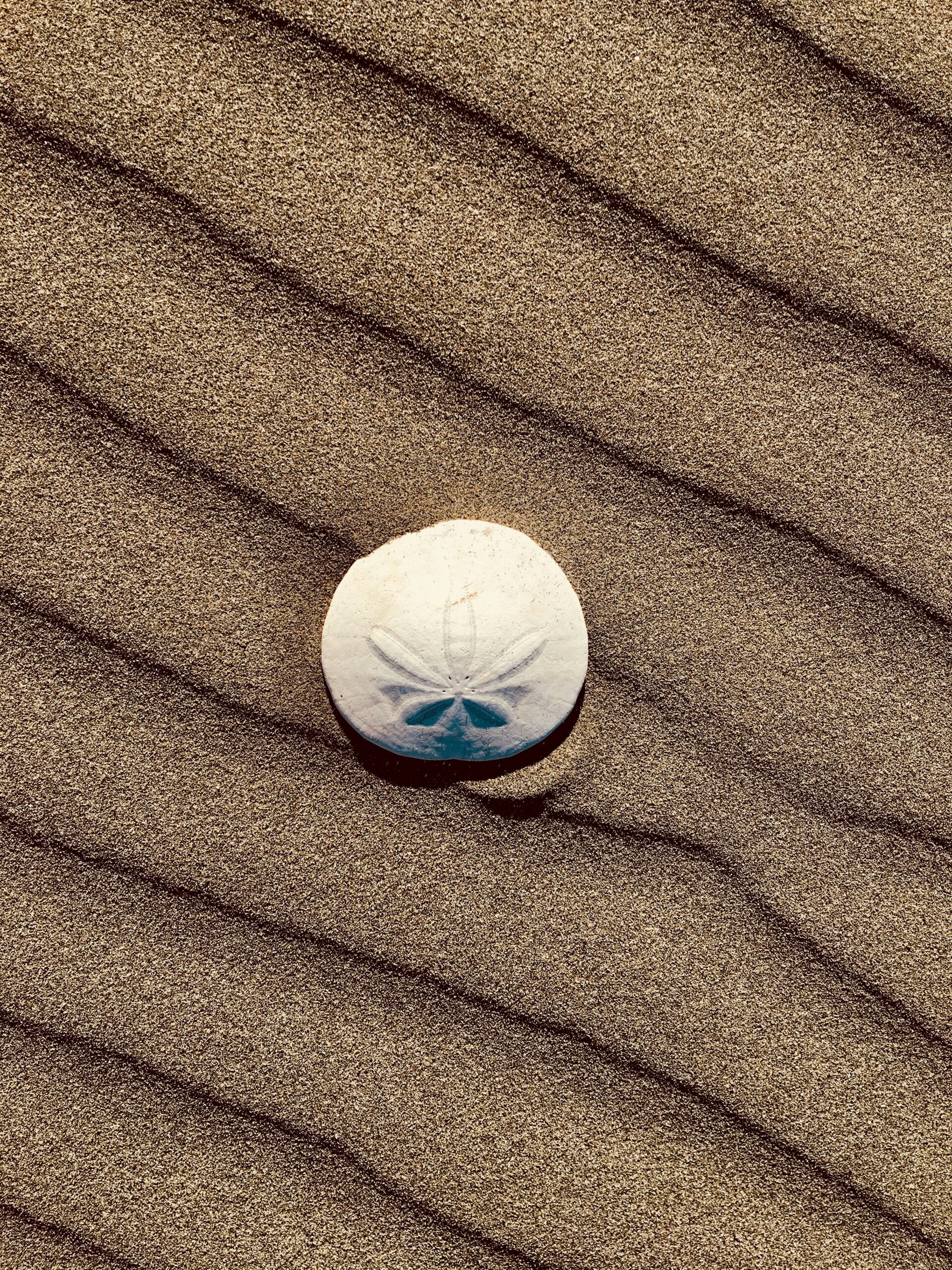
Essential Beachcombing Experiences and Activities
California’s beaches offer a range of unique discoveries, from collecting polished sea glass to observing native wildlife along scenic coastal trails. Visitors can find extraordinary items, observe fascinating marine ecosystems, and enjoy diverse outdoor activities along the shoreline.
Sea Glass and Seashell Collecting
Collecting sea glass and seashells is a highlight for many beachcombers on the California coast. Beaches like Glass Beach in Fort Bragg are famous for their smooth, colorful sea glass pieces, shaped by years of ocean tumbling. Shell Beach near Pismo Beach offers an abundance of classic shells, including cowries, scallops, and sand dollars.
For those interested in rare finds, Moonstone Beach in Cambria is well-known for its polished semi-precious stones and driftwood. Early mornings after high tide are the best times to search, as new treasures wash up daily.
Tips for successful collecting:
- Bring a small bucket or mesh bag.
- Check local regulations on collecting items.
- Avoid live creatures and leave habitats undisturbed.
Exploring Tide Pools and Tidepools
Tide pools reveal some of the California coast's most vibrant marine life. Locations such as Crystal Cove State Park and the rocky outcrops of La Jolla are well known for their accessible tidepools during low tide. Visitors can spot colorful sea stars, anemones, small crabs, and even octopuses among the rocks.
It's important to wear sturdy shoes and step carefully to protect these fragile environments. Patience pays off, as creatures sometimes withdraw from sight when disturbed.
Many tidepools have educational signs about the local ecosystem, providing valuable information on the creatures found within. Observing tidepools is a hands-on way to learn about intertidal zones while respecting the wildlife’s well-being.
Wildlife and Marine Life Encounters
California’s beaches provide excellent opportunities for wildlife watching. Depending on the region and season, visitors may spot harbor seals, sea otters, dolphins, and migrating whales just offshore. Some areas, such as the Monterey Bay coastline, are also habitats for sea lions and elephant seals.
Common wildlife and marine life seen on California beaches:
| Wildlife | Best Location | Best Season |
|---|---|---|
| Sea Otters | Monterey, Morro Bay | Year-round |
| Dolphins | Southern California | Summer |
| Gray Whales | Central/Northern Coast | Winter/Spring |
| Great White Shark | Central Coast | Summer/Fall |
While it is rare to see a great white shark near shore, spotting one from a safe distance is possible, especially in the fall along the Central Coast. Binoculars can enhance wildlife viewing and increase safety.
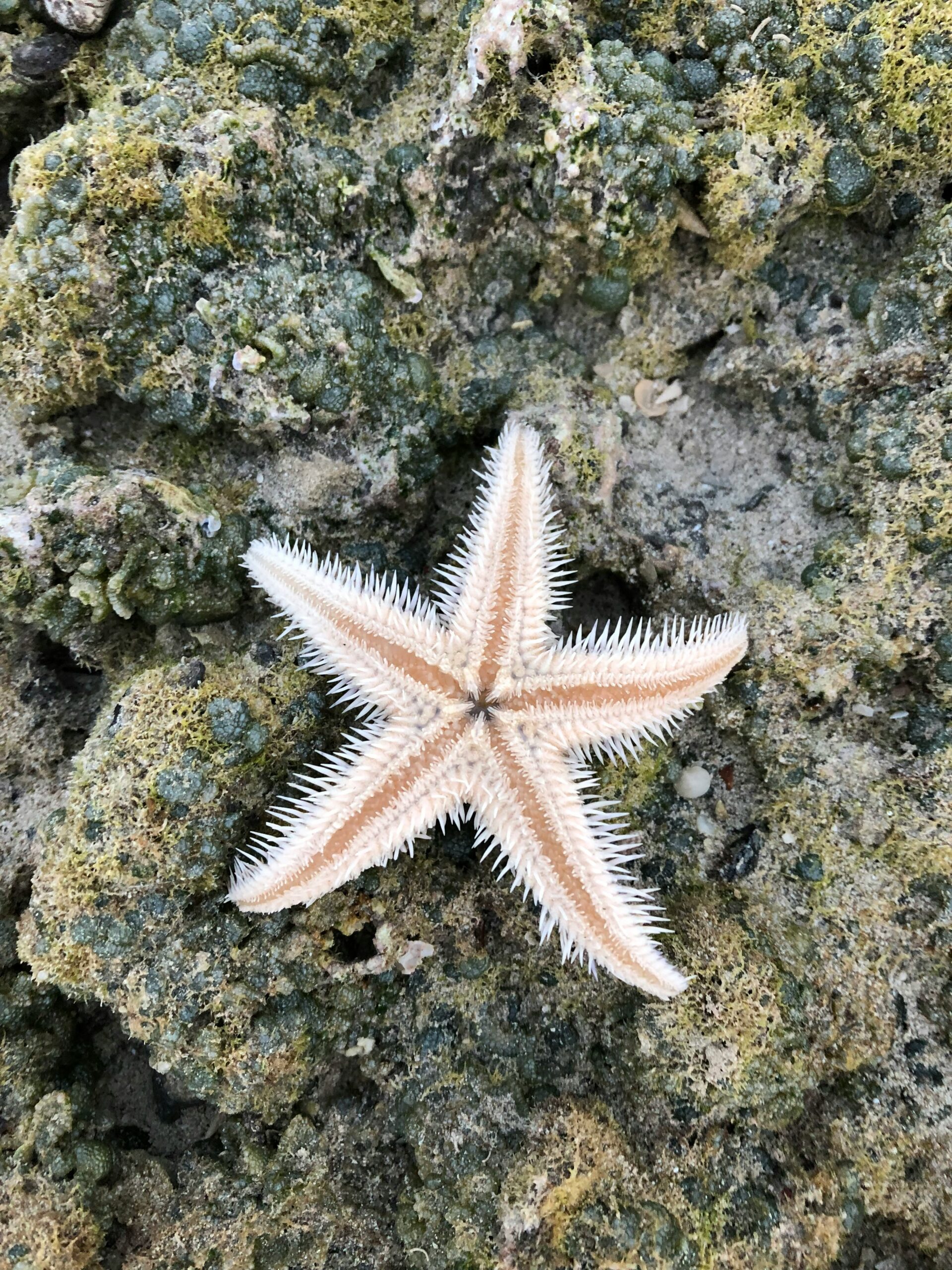
Hiking Trails and Coastal Exploration
Many California beaches offer excellent hiking trails right along the coastline. Crystal Cove State Park features over eighteen miles of well-maintained trails across 2,400 acres of wilderness, blending beachcombing with exploration and panoramic ocean views. These trails wind through scrublands, tidepools, and bluffs, allowing for varied scenery.
Hikers along the Pacific coastline can spot native birds, wildflowers, and even tidepool species at different points along the way. Trails range from easy boardwalks, like those at Moonstone Beach, to more challenging routes with rugged terrain.
For those interested in snorkeling or closer marine observation, certain coves and inlets provide calm waters suitable for beginners. It is essential to bring appropriate gear, follow posted signs, and remain aware of changing tides and surf conditions.
Planning Your California Beachcombing Adventure
California’s coastlines offer incredible opportunities for discovering natural treasures, enjoying family activities, and making the most of scenic landscapes. Choosing the right time to visit, understanding safety tips, and knowing what other experiences beaches offer can help travelers make the most of their day by the ocean.
Best Times to Visit for Beachcombing
For beachcombing, the best conditions often occur after high tides or storms, when the ocean leaves behind driftwood, shells, and sea glass. Early mornings, especially after spring tides, present less crowded shores and more undisturbed finds.
Winter and early spring are usually the most productive seasons, as fewer people visit and the tides run higher. Along the Central Coast, sunrise strolls on beaches like Pismo or Moonstone can uncover unique treasures. Low tide schedules are key—it's worth checking a local tide table app before heading out.
Sunset hours also offer excellent photo opportunities, with golden light on the sands and tide pools. Bring a bag for finds and a camera for memorable discoveries.
Safety, Lifeguards, and Family-Friendly Beaches
Many popular California beaches such as Coronado and Pismo State Beach have active lifeguard stations throughout peak months. Parents seeking family-friendly experiences should prioritize guarded beaches, which often offer amenities like accessible restrooms, picnic tables, and clearly marked safe swimming areas.
Safety is especially important in areas with unpredictable surf or strong currents. Always observe posted warnings and stick to designated safe zones, especially with children.
For family fun, beaches with gentle waves—like those in Santa Cruz or Coronado—are recommended. Some locations offer additional perks such as on-site playgrounds or shaded areas, making it easier to spend a full day outdoors without worry.
Beach Activities Beyond Beachcombing
California’s coastlines include spots for camping, volleyball, kayaking, and paddleboarding, turning a simple outing into a full-fledged adventure. Pismo Beach is well known for its wildlife viewing and extensive beach activities, while Zuma Beach in Malibu offers volleyball courts and lifeguard towers.
Families and groups often enjoy kite flying, tide pooling, or casual swimming in designated areas. Surfing is popular at beaches like Malibu and Huntington, where consistent waves and surf schools make it accessible to beginners.
Photography enthusiasts will find plenty of dramatic sunsets and ocean vistas, ideal for both group shots and scenic landscape photos. Many state beach parks offer camping options for an extended visit amid coastal scenery.
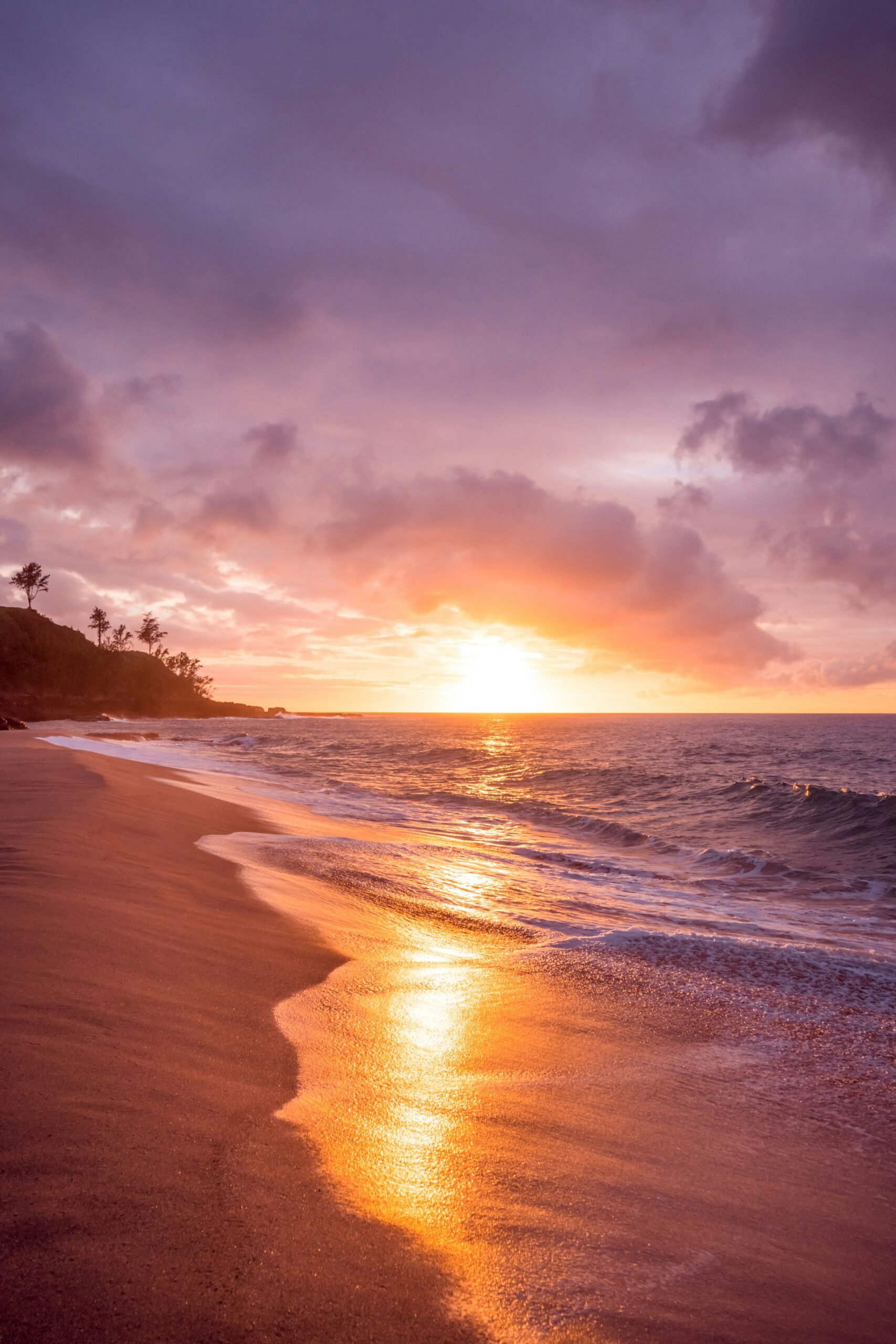
Scenic California Coastline: Hidden Gems and Notable Spots
California's coast is home to a wide variety of beachcombing destinations, from rugged northern shores to sun-soaked southern stretches. Secluded coves, driftwood-covered sand, tide pools, and scenic headlands offer rich opportunities to discover shells, sea glass, and natural treasures across this diverse shoreline.
Central Coast Highlights
The Central Coast features pristine shores and fewer crowds than southern counterparts. Carmel Beach in Carmel-by-the-Sea draws visitors for its powdery sand and tide pools filled with marine life. Just south, Sand Dollar Beach—the longest stretch of sandy shore in Big Sur—offers dramatic ocean views and is famous for its namesake shells and interesting driftwood.
Pismo Beach is another standout for beachcombers, with vast sand dunes and the potential to spot sand dollars or the occasional sea glass fragment. In Monterey Bay, coastal walks reveal unique tidal finds after storms, especially near Point Lobos.
Farther north, Cambria provides access to hidden rocky coves. Collectors will also appreciate Half Moon Bay State Beach for its variety of shells and its proximity to the scenic Pacific Coast Highway. These locations are known for clean sands, scenic headlands, and a quieter atmosphere for collecting treasures overlooked by busier sites.
Southern California’s Coveted Beachcombing Locations
Southern California offers a mix of popular public beaches and low-key coves. Laguna Beach is famous for its tide pools, coves, and diverse marine life ideal for careful collectors. For a more secluded experience, El Matador Beach near Malibu stands out with its iconic sea stacks, tunnels, and excellent rock pooling.
Venice Beach, Santa Monica State Beach, and Manhattan Beach are bustling but still yield shells and interesting finds, especially after high tides. Malibu’s Point Dume State Beach features sandstone cliffs, fossil-rich areas, and nearby tide pools. Crystal Cove State Park is a southern gem, with over three miles of coastline perfect for uncovering shells, sea glass, and the occasional washed-up relic.
Huntington Beach and Newport Beach provide expansive sandy stretches and are best explored at low tide. Farther south, Coronado Beach near San Diego enchants with fine, shimmering sand and regular sand dollar discoveries. For island adventure, Catalina Island’s coves are less crowded and known for colorful stones and unique marine finds.
Northern California’s Rugged Shores
Northern California stands out for its windswept, dramatic coastlines, black sand, and abundant driftwood. Baker Beachin San Francisco sits beneath the Golden Gate Bridge and provides access to unique shell fragments and panoramic city-to-sea views.
Stinson Beach and Limantour Beach at Point Reyes National Seashore both offer wide sands and the chance to spot rare shells, agates, or even whale bones during winter storms. Sonoma Coast State Park features a string of scenic beaches, including Doran Beach, with diverse intertidal zones.
Further up, Trinidad State Beach rewards visitors with agate hunting after high surf, and Gold Bluffs Beach in Prairie Creek Redwoods State Park feels nearly untouched, dotted with driftwood and backed by forested bluffs. Northern locations have a rugged charm, cooler climate, and opportunities to encounter both common and unusual ocean curiosities washed up from the Pacific. For a list of additional lesser-known sandy hideouts, explore several hidden California beaches locals love.




